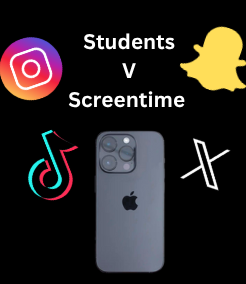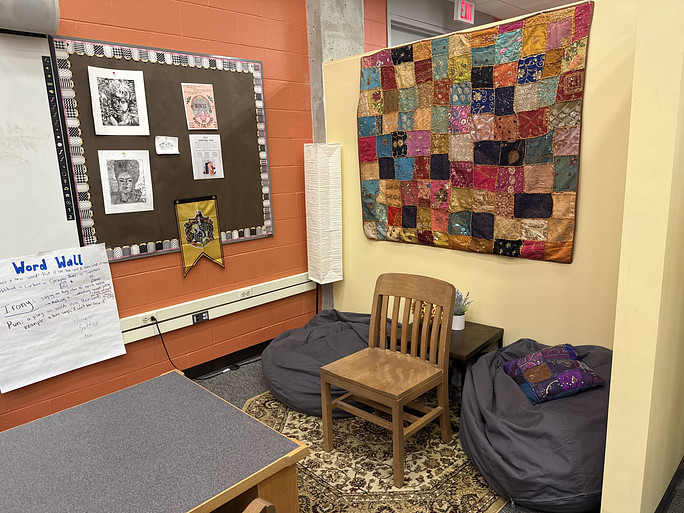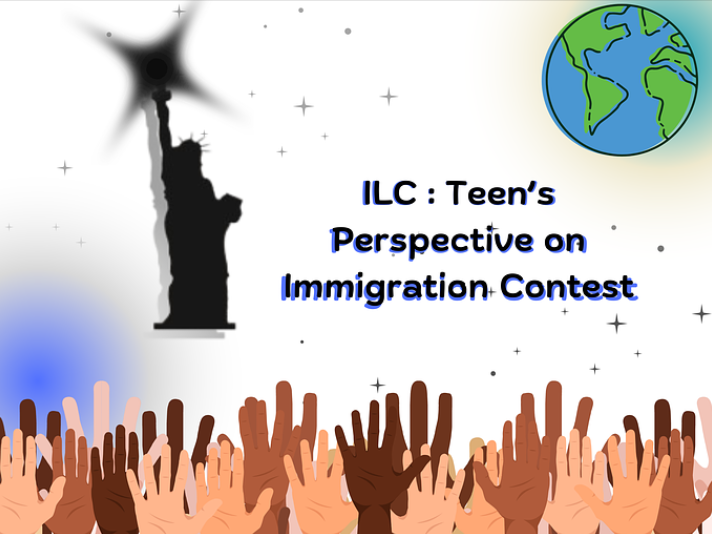By JESSICA LYNN DEPAULA
Author and autism advocate Stuart Duncan sums up the role of families in an autistic child’s life to a tee: “Having a child with autism can mess with your head: you feel like you can move mountains for them, yet you’re powerless at the same time.” Being a primary caregiver for my 6-year-old cousin, Dante, has given me a lot of insight into this quote; diagnosed in April 2013 (coincidentally, Autism Awareness Month), he’s at the Forestdale School now, in an high functioning ASD-centric class which he loves and is miraculously adjusting to.
The problem is, he wasn’t really given a proper diagnosis.
The fifth edition of The Diagnostic and Statistical Manual of Mental Disorders (DSM-V), released in June 2013, essentially combined four vastly different forms of autism: DSM-IV’s autistic disorder (autism), Asperger’s syndrome, Childhood Disintegrative Disorder (CDD) and Pervasive Developmental Disorder Not Otherwise Specified (PDD-NOS). Additionally, the criteria for receiving a diagnosis of autism has changed; the three main criteria, called the triad model-impairment in social interaction, impairment in social communication, restricted, repetitive, and stereotyped patterns of behavior, interests, and activities-has now been combined into two categories: persistent deficits in social communication and social interaction and restricted, repetitive patterns of behavior, interests, or activities.
Before, one must have met two out of the three criteria; many of those previously diagnosed with forms of autism, specifically Asperger’s syndrome, met the criteria for social impairments and repetition, but not in speech delay. Now, speech delay is a must-have for anyone seeking out an autism diagnosis. If your child has been exhibiting symptoms of Asperger’s, but wasn’t diagnosed until, let’s say, August of this year, they would be given a diagnosis of, not autism, but social communication disorder (basically, autism without fixated interests-something that many Asperger’s patients exhibit as well).
Others could wind up in another category altogether: disruptive, impulse-control, and conduct disorders. Out of the six diagnoses in this new category, all but one consists of virtually the same exact symptoms and criteria as the DSM-IV’s autism. Autism advocate Temple Grandin, in a scathing May 2013 article, denounced this, saying, “I smell a strong case of ‘If we label them that, then we don’t have to give them ASD services and we can just let the police deal with them.’ The DSM might as well call this category Throw ’Em in Jail.”
To many kids and adults with autism, particularly in the Asperger’s community, their diagnoses are a critical part of their identity, and, with this new spectrum, feel as if a piece of them has just been ripped away.
The DSM-V is being criticized by scores of parents, autism advocates and, most importantly, those with autism themselves, for not only implementing this new broad spectrum, but for an apparent lack of unbiased and thorough research when altering the definition of autism, as well. Allegations have been made of the APA only using young, white children in a critical study used to determine the new criteria and spectrum; this suggests an ignorance of the needs of older children and minorities with autism, groups which make up a large percentage of students with autism.
What is interesting about Grandin’s opinion is that, unlike other clinicians, biologists and psychologists that have voiced support for the DSM-V’s new autism spectrum, she is autistic, has undergone the discrimination, prejudice and frustration Dante and millions of other children experience every day of their lives.
What this new “autism spectrum” comes down to is services; if the criteria for autism is made more specific, a smaller percentage of people will be diagnosed with autism, and, therefore, schools and employers will be required to offer less accommodations to less people. Worse, many in the medical community, the very doctors, psychologists and behavioral health specialists that are supposed to be there for us and our children, appear to be going along with this trickery. Aside from notable exceptions to this, the only ones who are speaking out against the DSM-V are those who suffer from autism themselves or have a child or relative with autism.
We were told by Dante’s pediatrician that, if not for the new DSM-V criteria and specifications, he would have received a diagnosis of PDD-NOS. Instead of having a concrete diagnosis, he was simply “slightly autistic.”
Luckily, we live in Malden, one of the best school districts for kids with special needs, and have had no problems acquiring special education services for him; a last-minute change of schools was made available to him when it became apparent that the program at the Forestdale would be a much better fit.
But other families aren’t that fortunate. I have heard horror stories from parents who have been forced to relocate their families to receive services through more empathetic schools or pay massive amounts of money for more accepting private education.
As a primary caregiver of a child with autism, and a pretty awesome child with autism, at that, I recognize that, especially with the ridiculousness of the new spectrum, the families of ASD kids need to step up and educate the rest of the world, because nobody else has the understanding or experience to.




